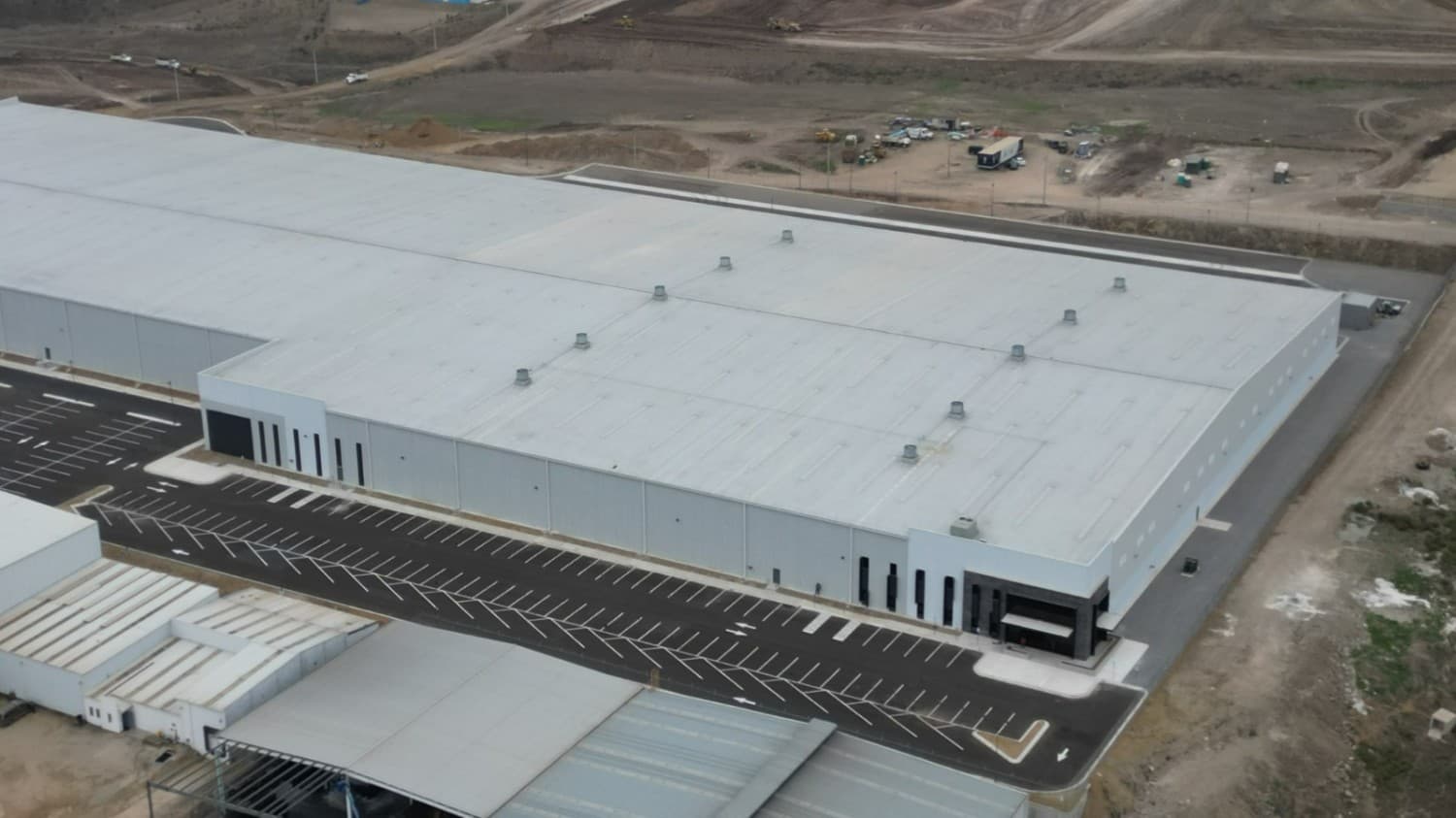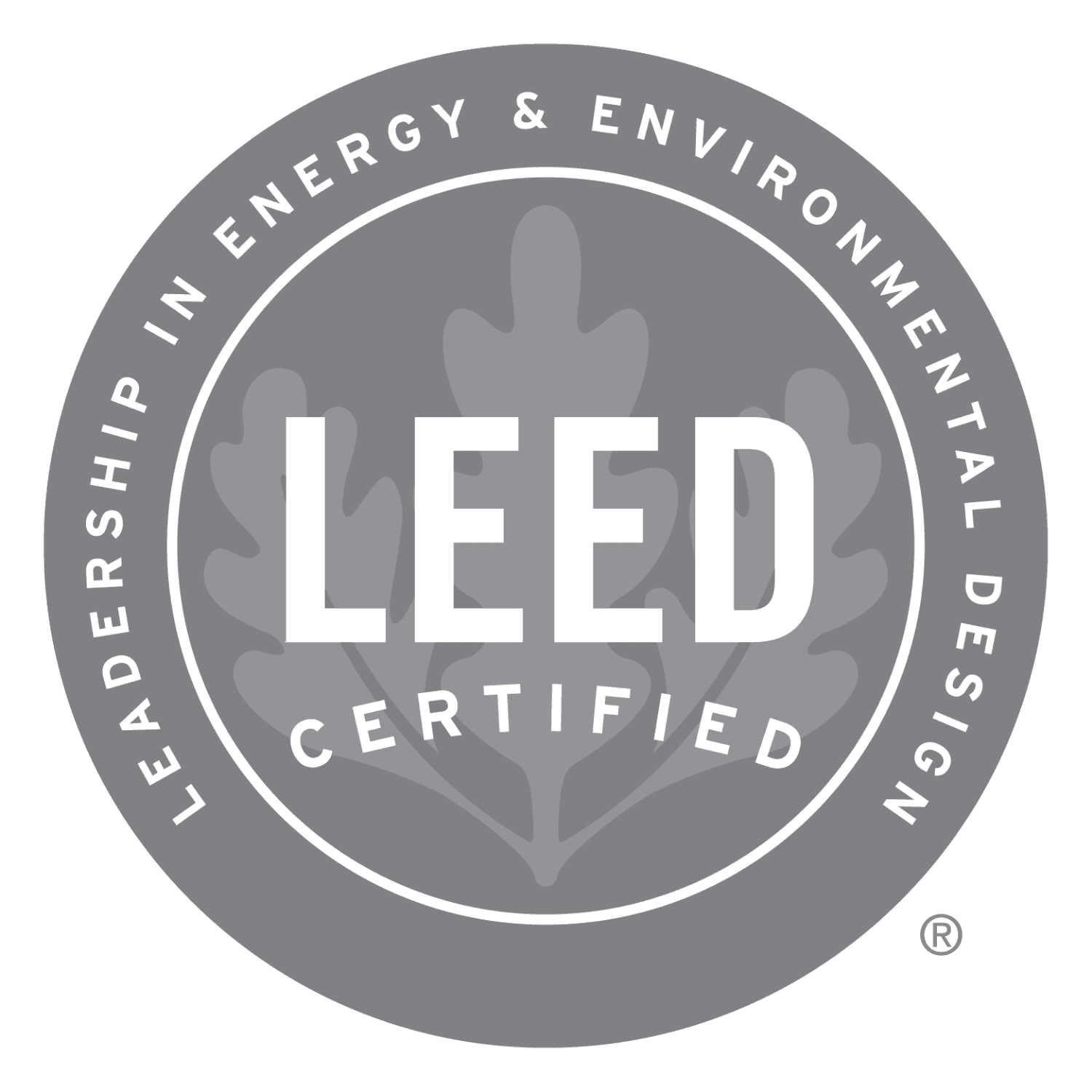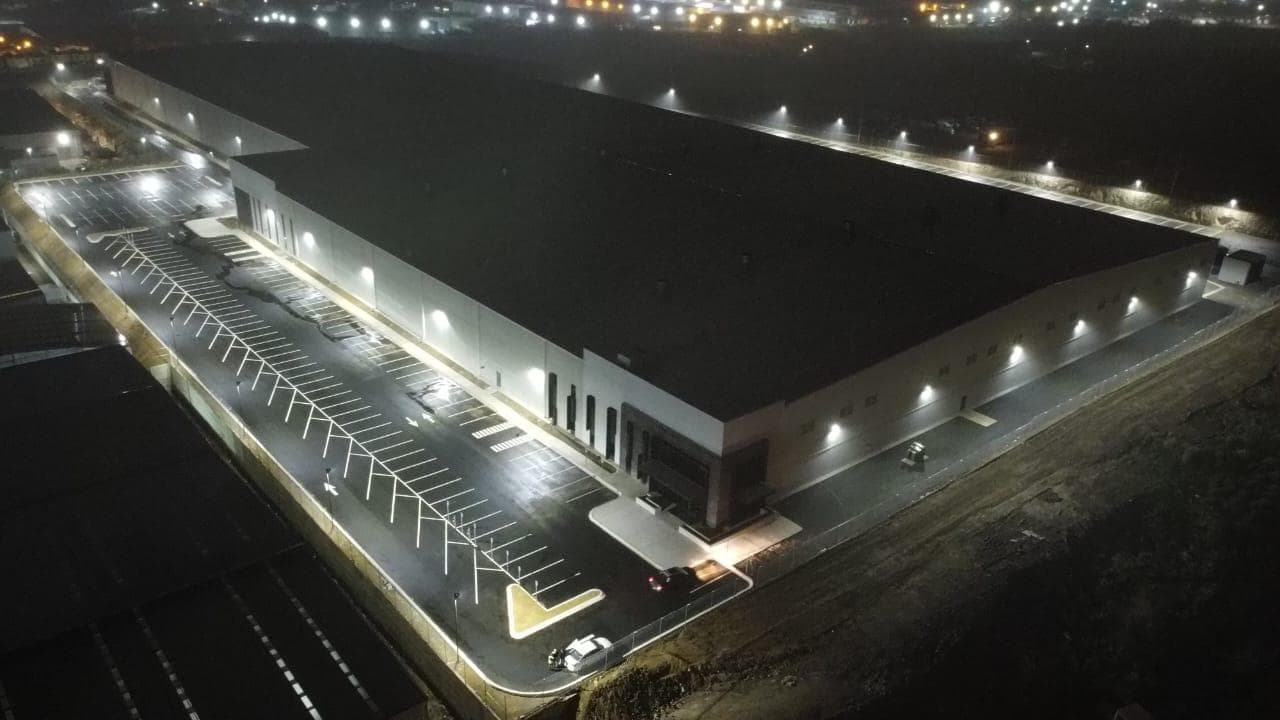
General description
FINSA Rosarito
The project is the first prototype of FINSA's Volume Version 4 program, and is presented as a Core and Shell industrial building.
This prototype reflects FINSA's strong commitment to sustainability and innovation in industrial development.
The building is designed to meet the highest environmental standards, promoting sustainable practices that seek to minimize the impact on the built environment and optimize energy efficiency.

Company

About FINSA
FINSA, a leader in the development of real estate and industrial projects, manages one of the largest portfolios in Latin America.
In its commitment to sustainability, FINSA has decided to enroll in the LEED Volume Certification program, implementing best practices and procedures to develop high-performance multitenant buildings.
Project
About this project
To optimize energy efficiency, energy-efficient materials were selected for the envelope and natural lighting was used with skylights and windows, reducing the need for artificial lighting.
The project also included low-water-use landscaping, achieving 72% outdoor savings, and energy-efficient bathroom fixtures, which reduced indoor water use by 38.32%.
Concrete rubble was reused as fill in another project, and materials such as metal, plastic, wood, and cardboard were recycled.

Challenges

The challenges
The project is located in an industrial park where the immediate surroundings have not yet been developed, making integration into the site a crucial aspect.
This context underscores the importance of designing a proposal that not only adapts to the current environment, but also anticipates and harmonizes with the future development of the area.
Solution

Searching for solutions
To mitigate the heat island effect, the use of light surfaces on roofs and pavements was proposed, which helps to reflect solar radiation and reduce the accumulation of heat in the environment.
In addition, the landscape design integrates native plant species, selected for their adaptation to the local climate and their low water requirements, promoting a sustainable landscape that favors biodiversity and reduces maintenance.
